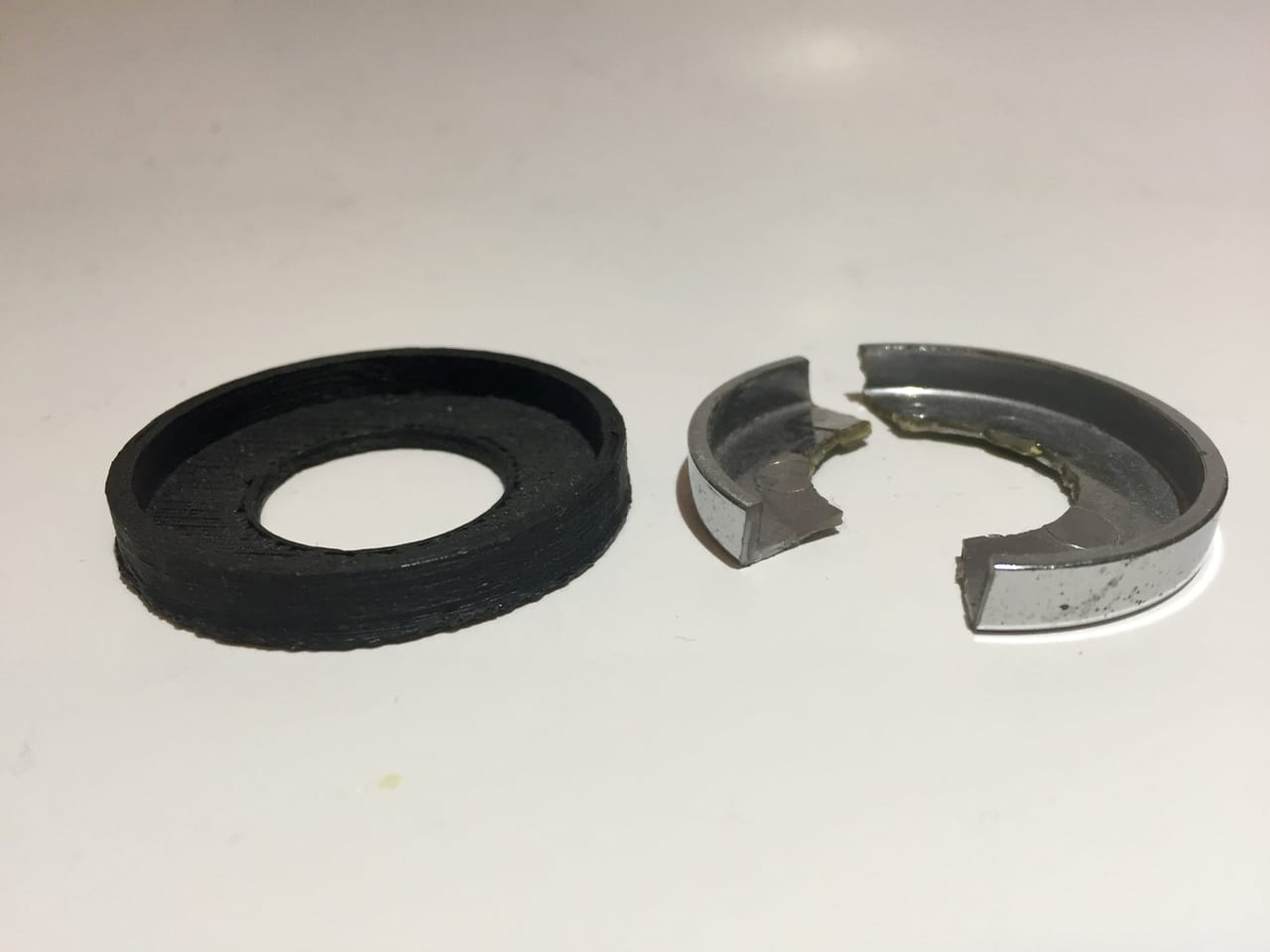
One of the simple memes revolving around desktop 3D printers is the notion of producing your own spare parts, Is this really feasible?
From the first day inexpensive desktop 3D printers became accessible to the public, the thought of not having to buy a plastic knob for USD$59 for your dishwasher or having to replace your window blinds because a small plastic connector broke has been enticing.
In fact, some people are able to do this. However, there are two barriers to success: access to the 3D model and printing capability.
For the 3D model, this is perhaps the most difficult stage. You cannot 3D print something unless you have a valid and correct 3D model for your application. If you need to replace a dishwasher knob, you have two options: find the 3D model from the manufacturer or design one yourself.
Will the manufacturer provide the 3D design file? This is highly unlikely, as they can produce replacement knobs for almost zero cost: they need only run their (or their supplier’s) manufacturing system a bit longer and provide cheap plastic to produce container ship-fulls of the colorful knobs. These they can sell to you at a very inflated price. It’s likely they can produce a knob for as low as a few cents, but charge you dozens of dollars for it. A huge profit margin they are most likely not giving away by releasing 3D models.
This leaves you facing the other option: designing a replacement 3D model yourself. Right off the hop, that disqualifies almost the entire population of the planet, as very few people have 3D design skills, and most are inclined to never gain any.
But for those that do have skills, they are facing the prospect of measuring, creating, re-measuring and iterating through at least several prints before obtaining something that works.
The time required to do this might not be worth your time. Consider this: if it takes you two or three hours to develop a functional replacement knob, and your 3D skills could pay, say, USD$75 per hour for contract work, your “free” knob just cost you more than USD$150. That’s higher than the “perfect” one from the manufacturer.
However, if you persist and attempt 3D printing a reasonable 3D model, you’ll have some challenges.
First, the resolution on desktop 3D printers is likely far worse than the resolution on the original part. Your replacement certainly will not look as good, but in some shapes, the resolution may be important functionally, too.
Consider parts that must fit together; the tolerances for workable snap fit parts could be tight in some situations. This suggests you might find yourself 3D printing a number of different attempts before getting it right.
Worse, your desktop 3D printer may not produce accurate parts. If you want a 22mm width part, it may actually be 22.85mm when you print it, or a similar “miss” in dimensions.
If your part has holes, that’s another problem. 3D printed holes are notorious for ending up with an incorrect diameter. You will probably end up drilling them out to obtain the correct size.
Durability is another concern. Home-use parts that have broken in normal use are, by definition, undergoing mechanical stress. It is highly doubtful that any part 3D printed on a desktop 3D printer would be as strong as an original mass manufactured part.
Therefore your replacement part is MORE likely to break than the original, which has already broken. Your part will break, too.
The good news is that you can simply 3D print another one.
Unless your 3D printer is broken.

